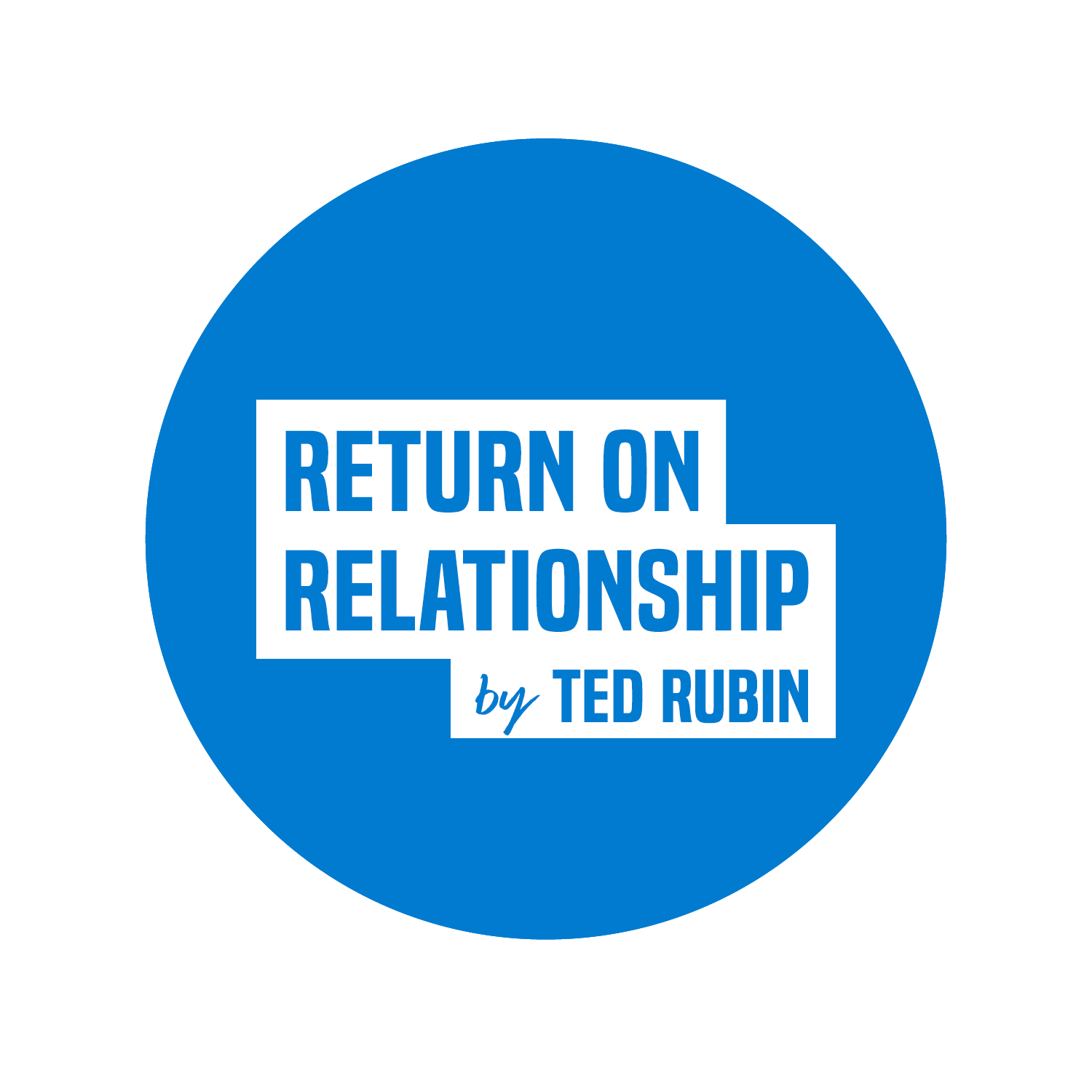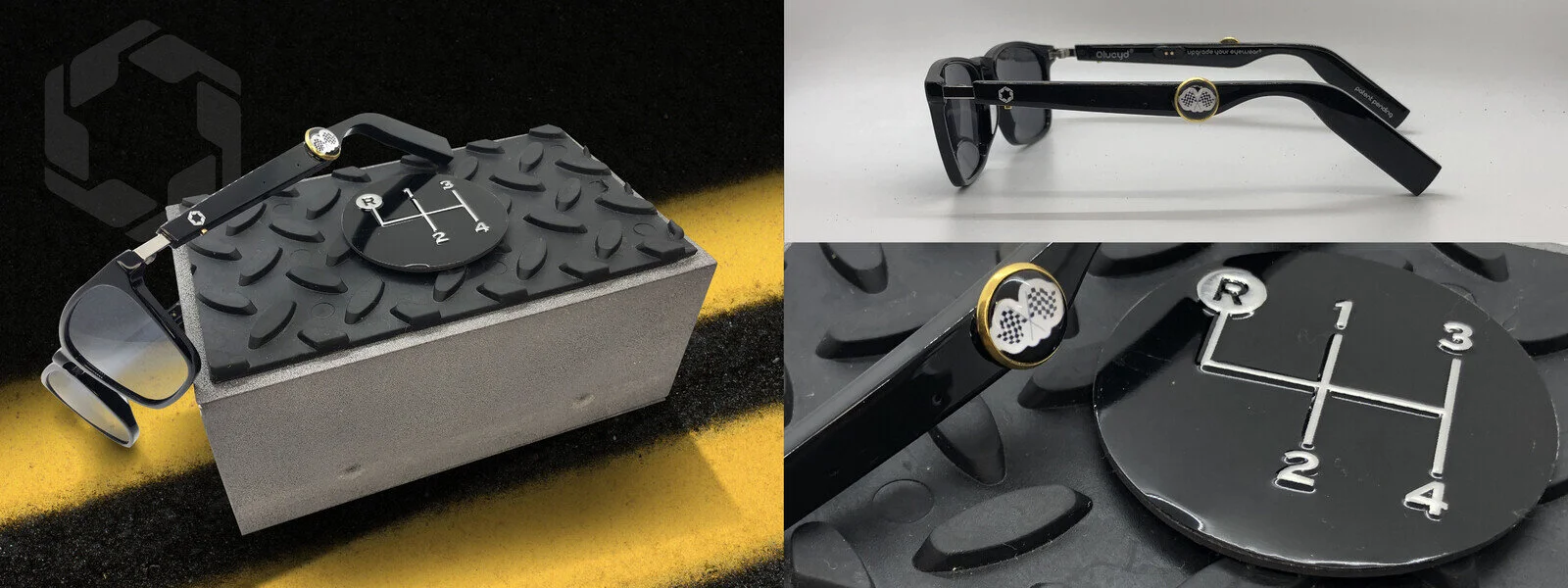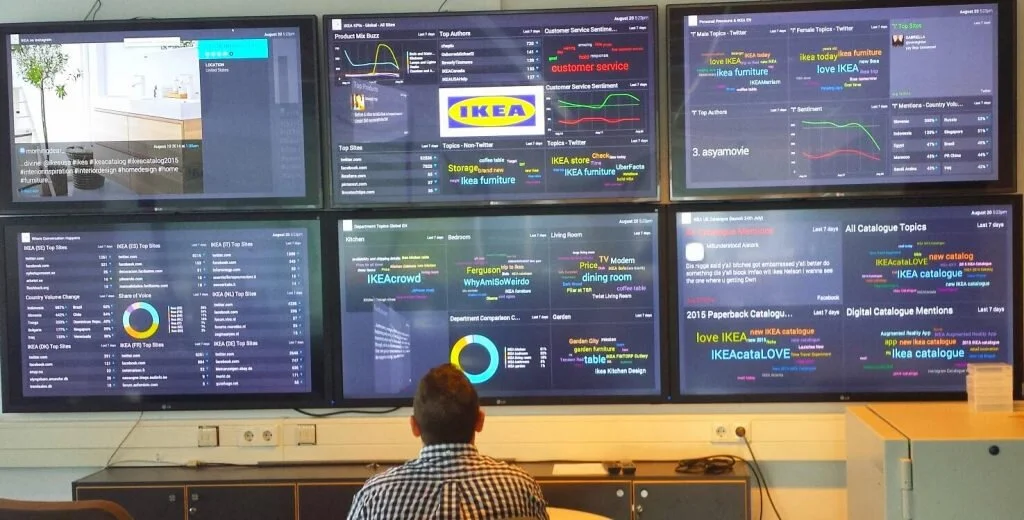Behind The Scenes of Building A Branded NFT At Lucyd ~via @Katadhin
Non-Fungible Tokens (NFTs) have risen in popularity over the past few years with an explosion in value and interest recently. Much of this broadening of awareness and subsequent interest comes from splashy headlines of eye-popping sales like the recent $69 million NFT sale by digital artist Beeple. Behind the hype, however, is a massive infrastructure that is now making NFTs accessible to a much greater audience. In the same way that Interactive Brokers and Robinhood have enabled a broader spectrum of investors to access markets and Coinbase and Gemini have brought Cyptocurrency access, platforms like Nifty and Opensea are building a new community of NFT creators, traders and investors.
As I did with Bitcoin initially, I began my education by simply buying an NFT to better understand the space. After reading many articles about the fundamentals and some of the platforms, I decided to open a Nifty Gateway account, the NFT partner of Gemini which I use as one platform for Crypto investing. Both companies are owned by the Winkelvoss Brothers who have been instrumental as builders and activists in the crypto space. Note that I refer to Gemini as an investment vehicle for crypto vs. a trading platform, something that I believe makes a difference in how the individual properties function. This approach too has come from much experimentation and trial and error. So, now I own some NFTs. Pretty nifty right? (see what I did there?)
I’ve enjoyed this journey thus far and started thinking about how a brand might use NFTs in a way that goes beyond just trying to hop on the hype bandwagon. What would be “the actual benefit for the shopper as well as the brand” became a key consideration for a brand experiment with NFTs with our Lucyd Eyewear partner. We began to outline what objectives would be relevant to the project with our focus always on shared value for all participants. Our criteria include:
Product Enhancement Value - (e.g. - multi-generational upgrades built into an initial purchase)
Design - (Unique one-offs and limited edition frames/packaging from Artist Collaborators/Digital Designers)
Artistic Value - A connected digital experience tied to a discrete item
Future Product Benefits - Surprise and delight functionality built into the NFT
Ongoing Revenue Streams - For both brand and creator
This is, of course, not an exhaustive list, just the initial guidelines for our NFT benefits. As with any business objective, the ‘why’ is a critical ask. If you can’t effectively answer the why (and no, PR and attention isn’t a valid answer), then keep working to define your objectives. Too many new technologies get bastardized by bad marketing which ultimately hurts both the brand and the technology’s credibility. Blockchain-driven provenance, authenticity, and access will change consumer products and their relationship with shoppers in the near future. Slapping together an NFT as a PR stunt creates unneeded noise in that process. Many brands will do it anyway.
For this experiment, we employed a model that we know well, community collaboration. Just as with influencer-driven product development with some of our former ventures including Collective Bias and Carusele, we sought to focus the tactical approach around the content creators vs. the brand itself. This approach has served us well in learning about a new medium rather than simply doing what worked for other marketing efforts. The content creators are the product not the other way around. We began with physical art, instead of starting with digital, and this appears to be a valid approach for product-based NFT creation. You could imagine this working for apparel, automotive, and other consumer electronic products like Lucyd Bluetooth Glasses.
Our artist partners Jay Thornton and David Ryan both started with blank Lucyd outer packages and developed individualized concepts that reflected some of their interests including music, cigars and autos as just a few examples. Jay served as our CTO for Collective Bias and really helped to think through the various technical formats of influencer content creation and syndication, and David helped Carusele develop its agency-based content model so both are proficient at fashioning new models from combining technology and content. Both creatives have shaped this project with their previous work in emerging media. Together they have helped add several expansions on our initial themes and functionality.
We believe that the story behind the creation will be as important as the integrated product itself. NFTs offer the potential for ongoing content participation from subsequent owners. This aspect is very interesting when thinking about categories like apparel where a garment might have a combined story spanning years transforming a simple dress or jacket into an entirely new kind of product.
Throughout this process, my understanding of the use-cases and possibilities has evolved to include a variety of ways for NFTs to be leveraged to expand the definition of a product or service, and to create flexibility in compensating and rewarding content creators for their work. Stay tuned for more updates as we move closer to launching these initial tokens for Lucyd.








